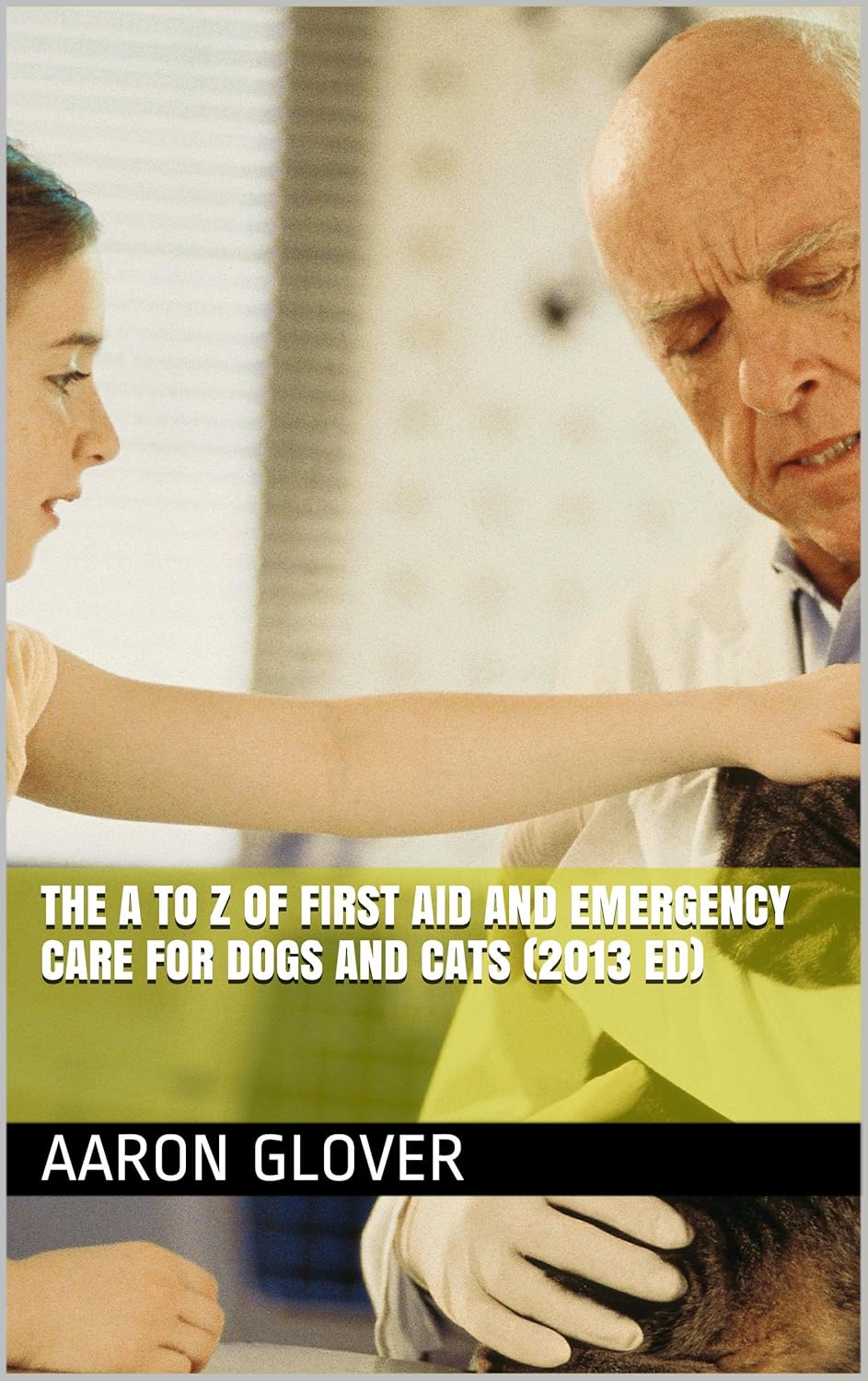Dogs can develop gum disease, tooth infections and other dental problems, just like us. Bad breath is caused by a build up of bacteria in the mouth due to overgrowth of tartar. If your dog’s mouth is starting to pong, it could be an indicator of dental disease. If left unattended, this can be very painful for your pet (have you ever had a toothache?) and can progress to rotten teeth, bleeding from the gums and decreased appetite. Prolonged dental disease can also lead to bacteria from the mouth being swallowed and ending up causing disease in other parts of the body, such as on the heart valves, so it’s best to get your friend checked as soon as possible.
How to care for your dog’s teeth at home
It’s a great idea to have your dog’s teeth examined regularly by your vet, who’ll give them a professional dental clean if necessary. Regular home care can help avoid problems to start with.
Dental home care may include:
• Tooth brushing (3 or more times a week). There are many products available such as doggy tooth brushes and beef flavoured toothpaste to assist you with this and it’s the best way to avoid problems with your dog’s teeth
• Use Mother Nature's toothbrush – raw bones (NEVER COOKED BONES). The chewing of the tough cartilage on bones such as chicken necks and wings and brisket bones can help scrape tartar and plaque off teeth
• Dental exercisers like chewy toys, as well as special diets, can all assist in reducing plaque
Why you should start dental care early
The earlier you start giving attention to your dog’s teeth the better. Puppies learn very quickly to accept dental home care as part of their daily routine.
Older animals can also learn and benefit from the same routines in home dental care, but they might take a little longer to get used to it. Regular and frequent attention to your dog’s mouth and teeth will help avoid painful dental problems for your canine friend and costly visits to the vet..
How to teach your dog to tolerate tooth brushing
It might seem like a losing battle at first, but with the right attitude and a little affection and gentle persuasion, tooth brushing for your dog will become easier. It’s important to start slowly – this will be a new sensation for your pet and you don’t want them to be scared. Here are a few tips:
• Start by handling the mouth very gently, using your finger to rub their gum line. Wrap a piece of wet gauze around your finger, (dip it into water first) and gently scrub your dog’s teeth along the gum line
• Progress gradually to using special animal toothpaste, on an animal toothbrush or a soft children's toothbrush - both will be fine for the job
• Never use human toothpaste, baking soda or salt, as these can cause problems in older animals
• When you first start brushing, lift the upper lip on one side to expose the outer surfaces of some teeth. To brush, make gentle circling motions from the gum's towards the ends of the teeth
• Keep the initial tooth brushing period short and if your dog starts to object, don’t push it
• Even if you don’t get very far at first, always reward your dog. Give praise and a treat after each session, so they’ll come to associate tooth brushing with rewards
















